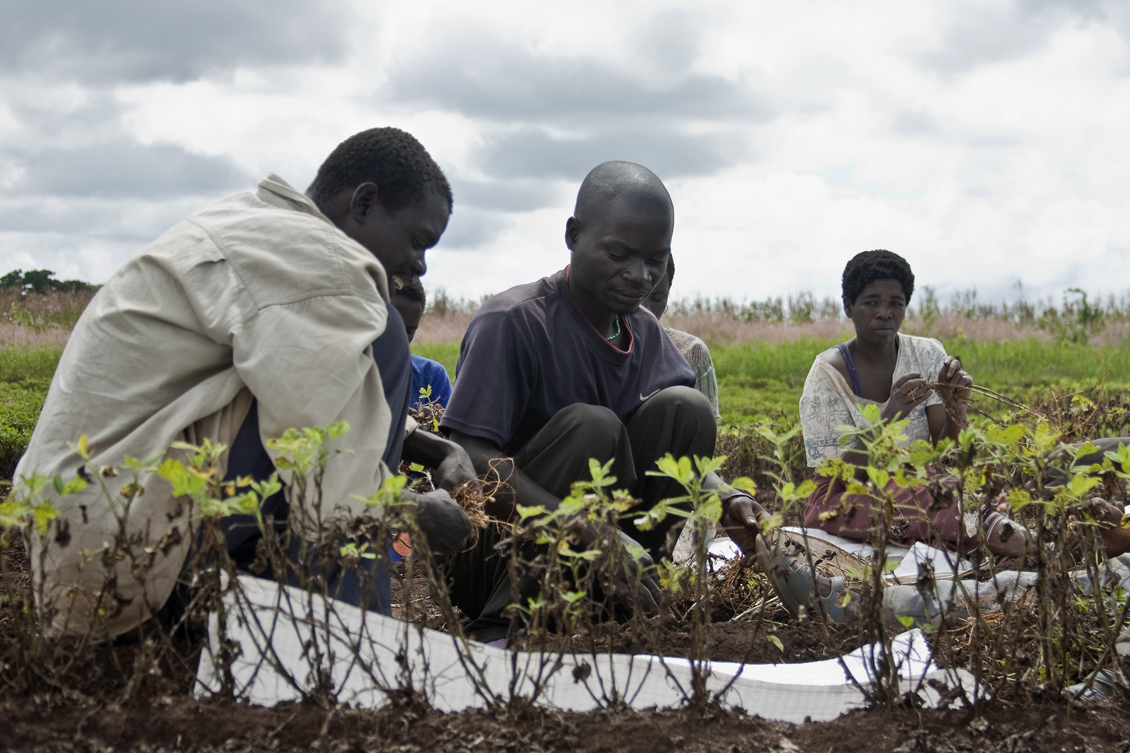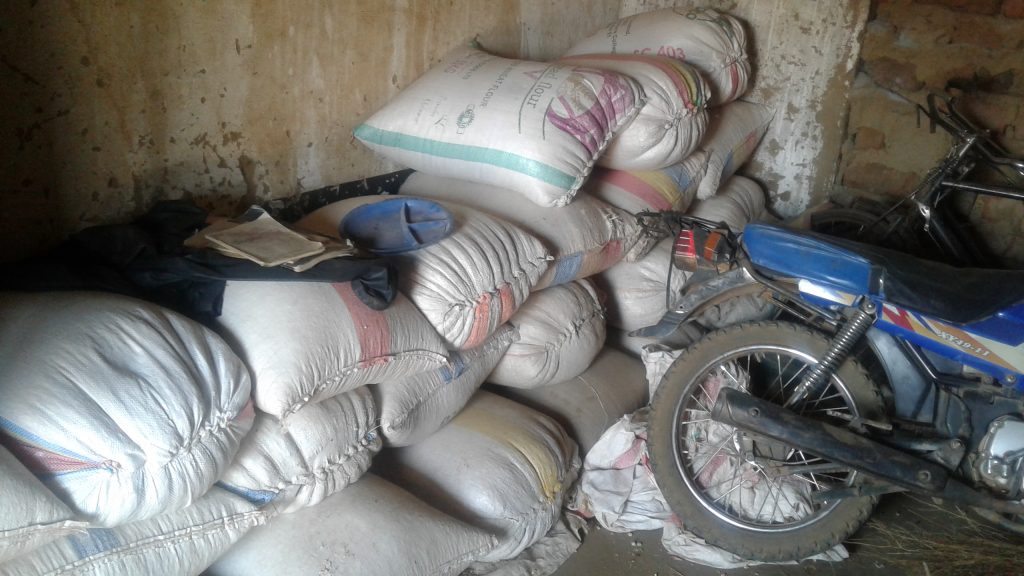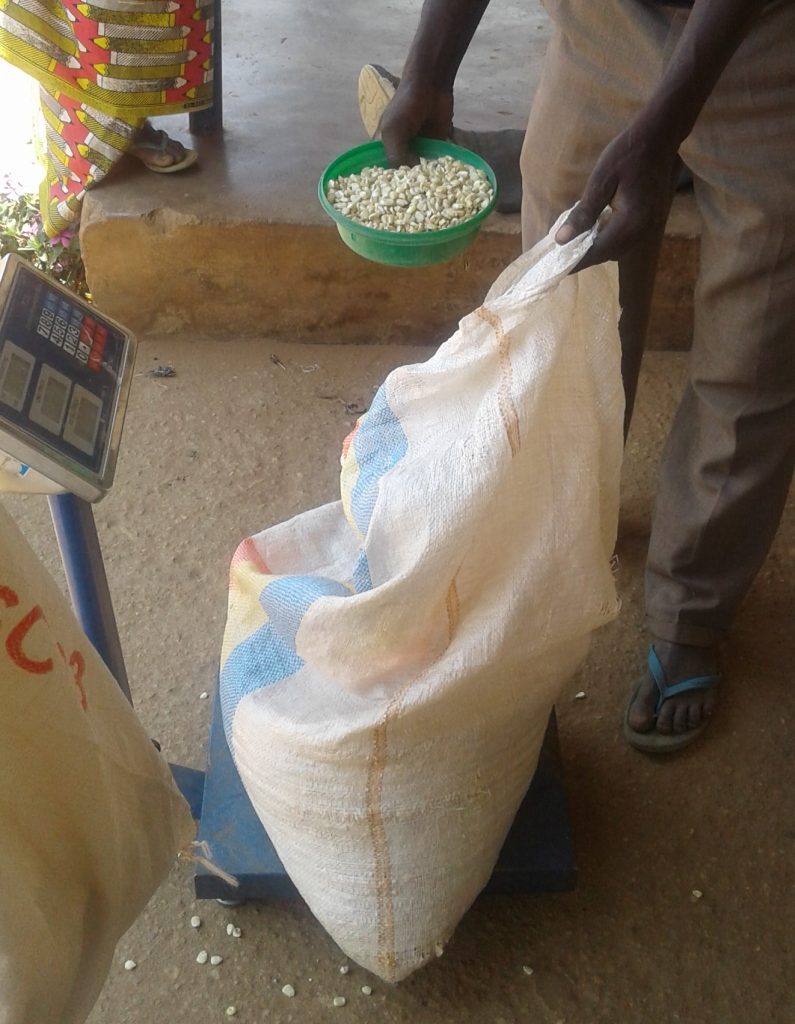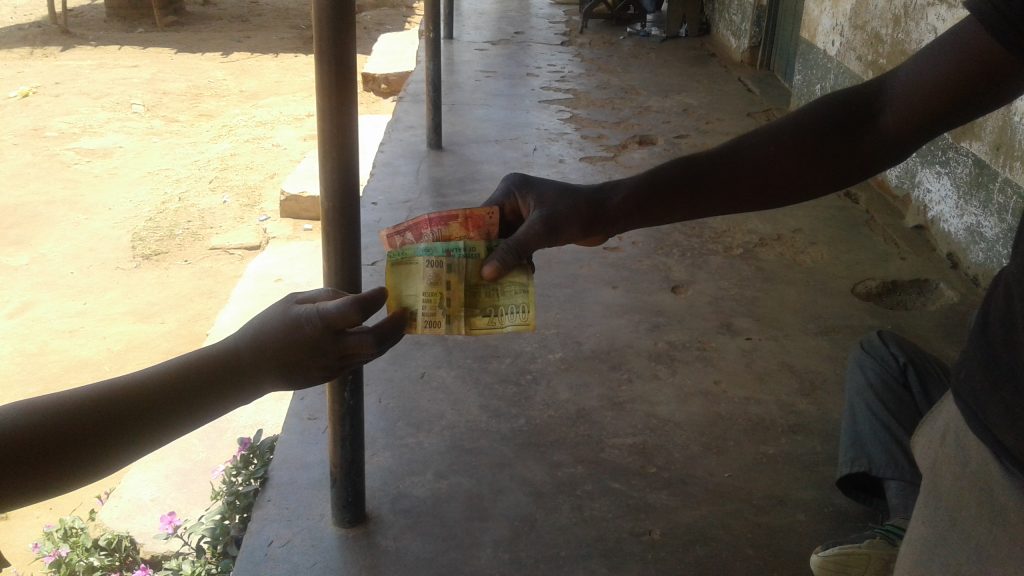Do those not enrolled in Fairtrade arrangements in Malawi still benefit? (2)

In the second of a two-part blog series, APRA researcher Stevier Kaiyatsa examines the Fairtrade groundnut arrangement in Mchinji, Malawi, and asks whether farmers not enrolled it still benefit?
For part one on whether smallholder farmers in Malawi benefit from selling their goods small-scale traders in rural markets, click here.
This blog is based on APRA Working Paper 40. Access it, for free, here.
Written by Stevier Kaiyatsa
Government-led or development partners-led input support programs (i.e. programs that improve smallholder farmers’ access to productivity enhancing inputs such as improved seeds and inorganic fertilisers, promote private delivery of inputs, increase crop production and improve farm incomes and food security) have recently become popular in many developing countries to increase farmers’ access to modern inputs and permit them to produce market surpluses. Usually, government-led input support programs target the production of staple crops such as maize and rice while development partners-led programs target the production of high valued crops such as root tubers, legumes, and horticultural crops. Some of the programs that development partners support also link farmers to the export markets.

Fairtrade arrangement
In Malawi, the Fairtrade Labelling Organisation International (now Fairtrade International) certified one of the National Association of Smallholder Farmers of Malawi’s (NASFAM) farmer association, the Mchinji Area Small Farmers Association (MASFA) in Mchinji district, as a Fairtrade groundnuts producer to sell its groundnuts to the premium export market in 2004. This arrangement involved three key partner organisations, namely; NASFAM (Fairtrade International certified exporter), Twin Trading (Fairtrade International certified buyer), and Liberation Foods Community Interest Company (owned producer organisation). MASFA sold its groundnuts through NASFAM, which exported the groundnuts to Twin Trading in the UK and then Liberation Foods coordinated the retail of groundnuts in the UK and European markets.
During implementation of the Fairtrade arrangement, MASFA received support that is not limited to capacity building, improved seed varieties (CG7), extension services, and introduced to cheaper ways of detecting and controlling the problem of aflatoxin (a toxin found on crops such as maize). Fairtrade has a set of standards, allowing consumers to pay a premium price the same or higher than the usual product price. The farmer organisations decide democratically on how to utilise the premiums for community projects. Traceability of products along the supply chain ensures that producers are compliant with economic, social and environmental standards for Fairtrade. Products are retuned if farmer organisations do not comply with economic, social and environmental standards for Fairtrade. MASFA sold its groundnuts through the Fairtrade arrangement to United Kingdom (UK) from 2007 to 2011.
Spillover effects

Kaiyatsa, Matita, Chirwa, and Mazalale (2020) assessed whether the groundnuts Fairtrade arrangement in Mchinji district has spillover effects on commercialisation intensity for smallholder farmers that were not part of the arrangement. The authors hypothesised that geographic or social interactions might have facilitated the spread of extension messages and improved seed varieties from farmers that participated in the groundnuts Fairtrade (i.e. MASFA members) to farmers that were not part of the arrangement in Mchinji district. As a result, farmers that were not part of the arrangement might have improved their farming practices in a way that enabled them to produce market surpluses. Studies (Rogers, 1963; Carter et al., 2014; Aramburu et al., 2019; Varshney et al., 2019) have established that social network (i.e. farmer relationships or farmer interactions) leads to transfer of technology among program non-participants.
As the market channel for farmers not part of the arrangement were small-scale traders, and that farmers do not know the prices offered by traders before cultivating, the authors anticipated a farmer to cultivate a particular crop, or more than one crop, based on their access to inputs, agronomic technical expertise, and expected output prices. Thus, the spillover benefits from the groundnuts Fairtrade arrangement are expected to improve the human capital of smallholder farmers that were not part of the arrangement, which allowed them to increase their market surpluses for crops that were produced
Research data and estimation strategy
The authors use two waves of panel data from Malawi’s central districts of Mchinji and Ntchisi where groundnut production is concentrated. The first wave of the data is from a study conducted by School of Oriental and African Studies (SOAS) in collaboration with the National Statistical Office (NSO) to evaluate the 2006/07 Farm Input Subsidy Programme (FISP) in Malawi. The second wave was collected as part of longitudinal tracker study for the Agricultural Policy Research in Africa (APRA) research project that explores pathways to agricultural commercialisation and livelihood trajectories. The authors estimate a difference-in-differences (DD) model to explicitly test whether the groundnuts Fairtrade arrangement has spillover effects on commercialisation intensity for smallholder farmers that were not part of the program in Mchinji district versus those in Ntchisi district. The study uses the 2006/07 data as a baseline (i.e. the year before MASFA started selling its groundnuts through NASFAM to UK) and the 2017/18 data as a post treatment year (i.e. the year after Twin Trading stopped importing MASFA’s groundnuts into UK). A household commercialisation index (HCI) that Strasberg et al. (1999) was also used by the paper, developed as a measure of household commercialisation intensity, given that some farmers produced and sold more than one crop such as groundnuts, beans, maize, soya beans, and tobacco.

Findings and conclusion
The authors find that the groundnut Fairtrade arrangement has a spillover effect of 30% for smallholder farmers that were not part of the arrangement in Mchinji district. The study provides useful information to non-governmental organisations (NGOs) that enhance participation of smallholder farmers in the output market. However, not all smallholder farmers can participate in programs that enhance their access to international markets; the study demonstrated that such programs have spillover benefits to other smallholder farmers that are not targeted. Extension messages and technology can reach non-targeted smallholder farmers and motivate them to change their farming practices in a way that allows them to produce market surpluses.
Feature photo credit: ICRISAT
Unmarked photo credit: Masautso Chimombo
Please note: During this time of uncertainty caused by the COVID19 pandemic, as for many at this time, some of our APRA work may well be affected but we aim to continue to post regular blogs and news updates on agricultural policy and research.
